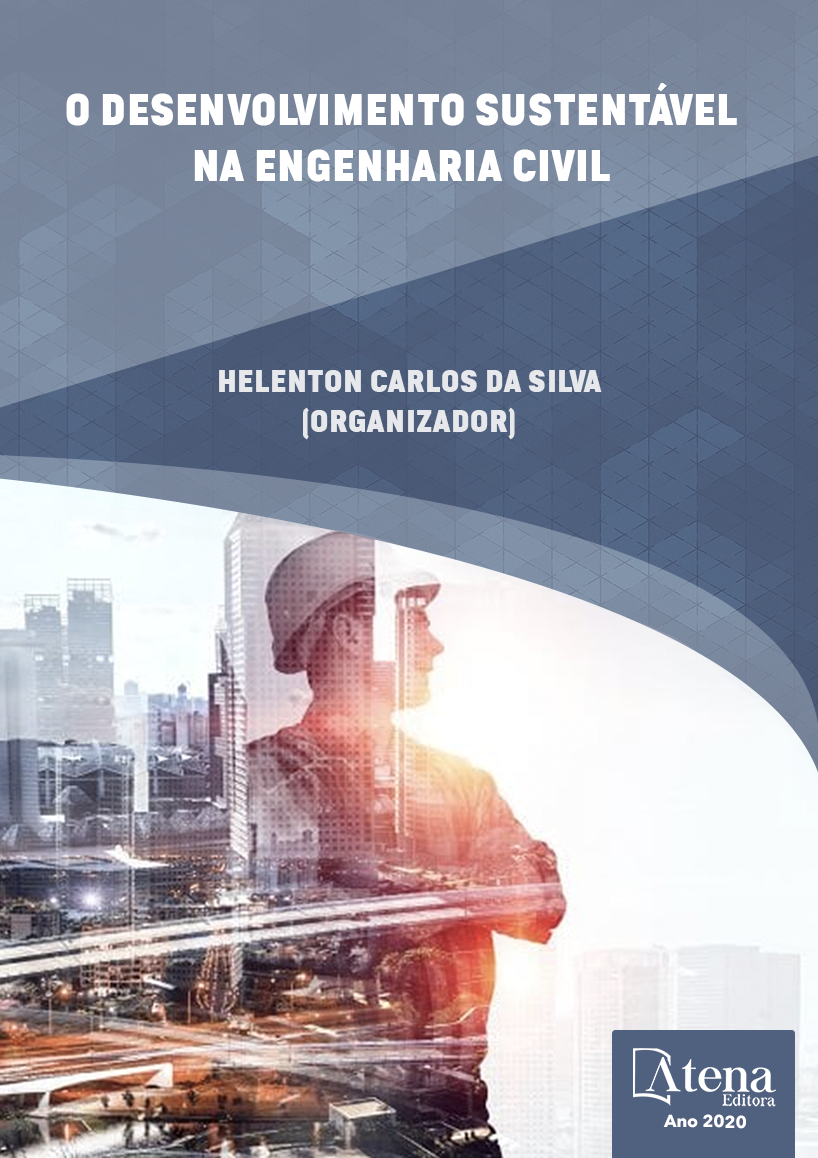
AVALIAÇÃO DA INCORPORAÇÃO DE RESÍDUO DE PNEUS EM BLOCOS DE CONCRETO PARA PAVIMENTAÇÃO
Com o crescimento populacional acelerado, surge cada vez mais problemas quanto a destinação final de resíduos gerados pela humanidade. Os pneus automobilísticos são exemplos desses resíduos sólidos, e ainda tem-se a problemática de que o tempo de degradação natural é indeterminado, consequentemente gerando enormes acúmulos. Para reverter o quadro de lotação nos aterros ou depósitos clandestinos muitas pesquisas estão sendo realizadas, promovendo outros propósitos para a destinação final. Assim sendo, este trabalho visa avaliar as propriedades do concreto, com a incorporação de resíduo de borracha triturada de pneus introduzidas na massa, para a fabricação de blocos de concreto intertravados para pavimento flexível. O desenvolvimento experimental desta pesquisa, iniciou-se pela determinação do traço de referência (sem adições de resíduos) e, também escolhidos as porcentagens de substituições de agregado miúdo natural (areia) e pedrisco por resíduos (pneus triturados), sendo que o traço de referência utilizado foi de 1: 1,72: 2,15 : 0,49. As porcentagens de substituições dos agregados naturais por resíduos foram de 3,88%, 4,48% e 5,82% em volume de agregados. Assim, as fibras de borrachas dos pneus passaram a representar 2,45%, 3,07% e 3,69% do volume total do concreto. Foram ainda, realizadas as caracterizações dos materiais constituintes, estudos das propriedades do concreto no estado fresco (massa específica e consistência) e avaliação das propriedades no estado endurecido (resistência a compressão e absorção de água). Percebe-se que a substituição de agregados naturais por resíduos de borracha reduz a resistência a compressão axial dos blocos de concreto, podendo, estes, serem utilizados, apenas em locais com carregamento estritamente leves. Ademais o escopo foi apontar uma forma sustentável para a destinação final dos pneus inservíveis.
AVALIAÇÃO DA INCORPORAÇÃO DE RESÍDUO DE PNEUS EM BLOCOS DE CONCRETO PARA PAVIMENTAÇÃO
-
DOI: 10.22533/at.ed.6692020033
-
Palavras-chave: Resíduo de pneu, bloco de concreto intertravado, substituição de agregado natural por resíduo.
-
Keywords: Tire waste, interlocking concrete block, replacement of natural aggregate with waste.
-
Abstract:
With the rapid population growth, more and more problems arise regarding the final disposal of human-generated waste. Automotive tires are examples of such solid waste, and there is still the natural degradation time issue, which is undetermined, thus generating massive accumulations. Much research is being carried out to reverse the stocking situation in landfills or clandestine deposits, getting other purposes for the wastes' final destination. Therefore, this work aims to evaluate the properties of concrete, with the incorporation of crushed tire rubber residue inserted in the mass, for the manufacture of interlocking concrete blocks for flexible pavement. The experimental development of this research began by determining the reference composition (without residue additions) and also choosing the percentages of natural fine aggregate (sand) and gravel replaced with waste (crushed tires), being the reference composition used of 1: 1.72: 2.15: 0.49. The percentages of natural aggregates replaced with waste were 3.88%, 4.48% and 5.82% in aggregate volume. Thus, tire rubber fibers became 2.45%, 3.07% and 3.69% of the total concrete volume. The characterization of the constituent materials, studies of the concrete properties in the fresh state (specific mass and consistency) and their properties evaluation in the hardened state (compressive strength and water absorption) were also performed. It can be seen that replacing natural aggregates with rubber waste reduces the axial compressive strength of concrete blocks, which can only be used in places with strictly light loading. In addition, the scope of this study was to point out a sustainable way for the final disposal of worn-out tires.
-
Número de páginas: 14
- Gabriela do Prado Sá Brito
- Elizabete Yukiko Nakanishi Bavastri


